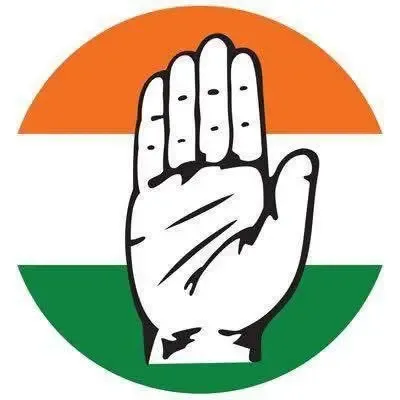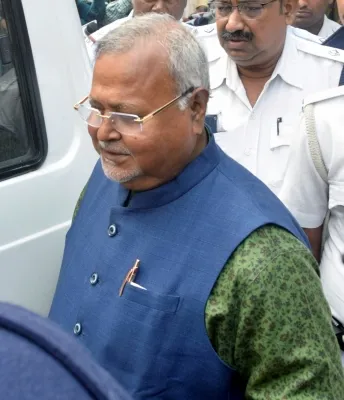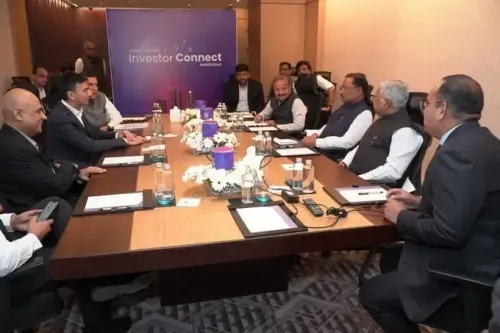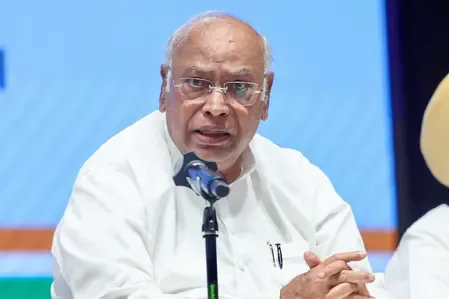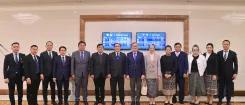Did the Red Fort Blast Emerge from a Radicalisation Push in J&K Led by Maulvi Irfan?
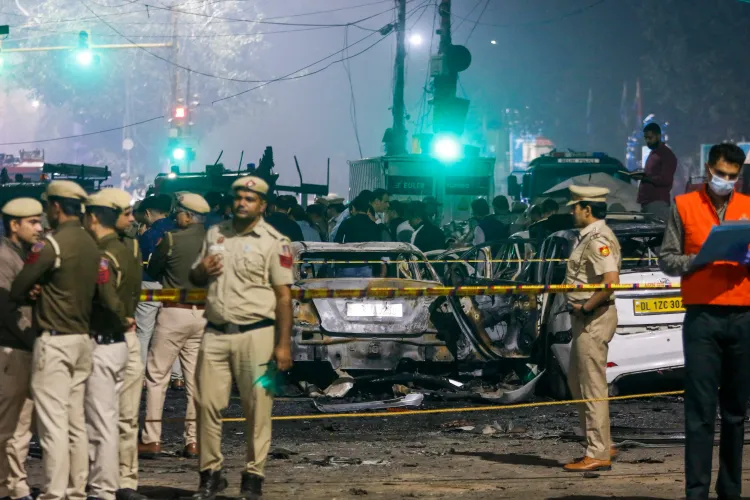
Synopsis
Key Takeaways
- Recruitment drives in Jammu and Kashmir were pivotal for the Faridabad module.
- Maulvi Irfan Ahmed played a crucial role in the radicalisation of youth.
- Massive amounts of explosive materials were seized during police operations.
- The investigation revealed connections to Afghanistan and broader networks.
- Women-focused radicalisation efforts are a growing concern.
New Delhi, Nov 11 (NationPress) An investigation into the Red Fort car explosion has unveiled a significant recruitment initiative that originated in Jammu and Kashmir, ultimately leading to the establishment of the Faridabad module in the National Capital Region (NCR).
Authorities have largely confirmed that the Faridabad module was responsible for the attack, tracing its roots back to a recruitment initiative initiated in Jammu and Kashmir.
The agencies have identified Maulvi Irfan Ahmed, a paramedic at GMC Srinagar, as the leader of this radicalisation effort.
Ahmed, who served as an Imam at a mosque in Nougat, maintained contact with numerous students at GMC Srinagar, which explains the high number of doctors involved in this module.
The investigation into the Jaish-e-Mohammad module led to Ahmed's name surfacing after the Jammu and Kashmir police acted upon posters of the group that appeared in Srinagar on October 27.
Police began their inquiries by detaining three individuals who revealed Ahmed's identity.
This allowed them to apprehend Dr. Adeel Ahmad Rather and Zameer Ahanga, who had close ties with the Maulvi. Further leads pointed to Dr. Muzammil, affiliated with Al Fatah University in Faridabad.
Connections between the suspected bomber, Dr. Umar, and the Maulvi were also uncovered during the investigation.
While law enforcement has successfully dismantled a major Jaish module plotting nationwide attacks, they have also seized considerable quantities of explosives.
In one operation, authorities confiscated 350 kg of ammonium nitrate, and in another, they seized a staggering 2,563 kg. These figures indicate a significant buildup.
Officials assert that the volume of explosives stored underscores the extensive agenda held by Jaish.
Irfan was selected by Jaish due to his long-standing inspiration from their ideology. He frequently engaged with youth to radicalise them and encouraged their recruitment into the group.
Agencies report that the Maulvi utilized videos of Jaish-e-Mohammad leaders to further his radicalisation campaign. It was described as a highly organized network by a police official.
Irfan spearheaded the initiative while Uber and Muzammil expanded the agenda beyond Jammu and Kashmir.
Investigators have also discovered that Irfan's handlers operated from Afghanistan, and he maintained regular contact with them via Telegram. He established multiple Telegram accounts to keep in touch with his handlers and disseminate Jaish propaganda among them.
During this initiative, the Maulvi proposed the creation of a women's division for the group in India, aiming to enhance radicalisation and recruitment efforts.
Terror organizations like Lashkar-e-Taiba and Jaish have been focusing on women-centric divisions for some time. The Maulvi appointed Dr. Shaheen Saeed to lead this wing. She had visited Jammu and Kashmir multiple times to consult with Irfan, who provided her with guidance on her tasks. She was directed to recruit as many women as possible and extend the radicalisation campaign beyond Jammu and Kashmir.
In the initial phase of their strategy, this group concentrated heavily on Kashmir, Uttar Pradesh, and Haryana. According to officials, they planned to gradually expand their network beyond these regions, as noted by another official.

